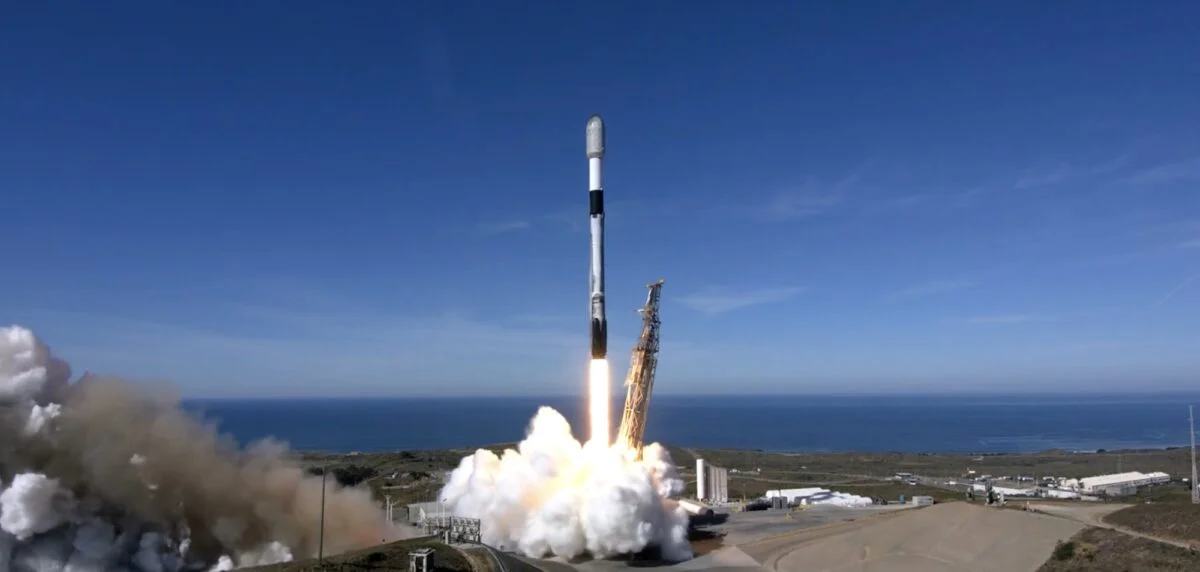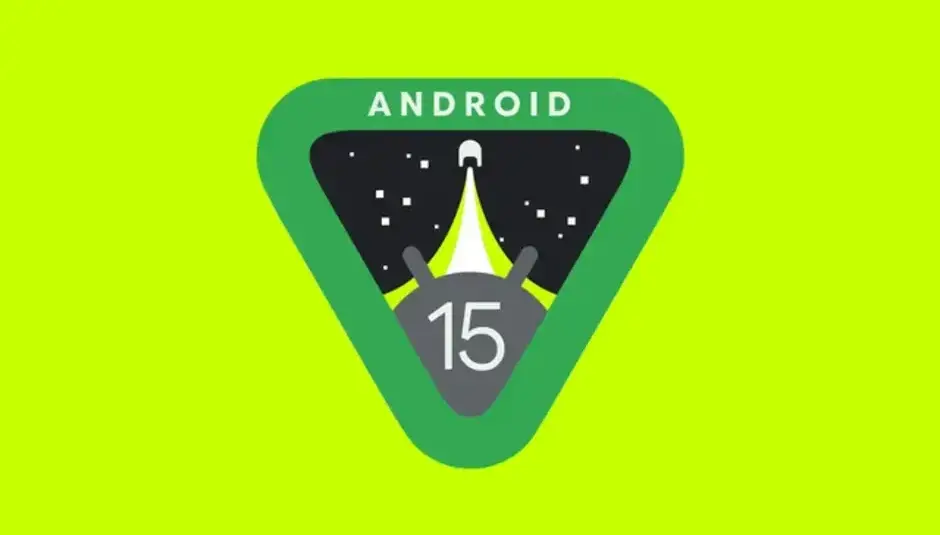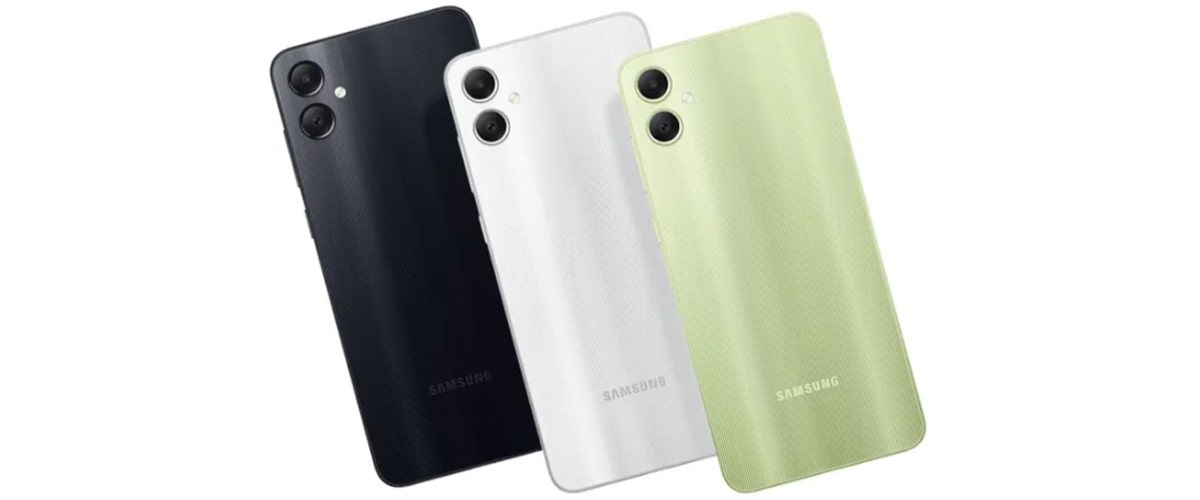On August 16, SpaceX launched the latest in a series of private rideshare missions, launching more than 100 satellites into orbit for commercial and government customers. The Falcon 9 lifted off from Vandenberg Space Force Base in California at 2:56 p.m. on the Transporter-11 mission. The launch vehicle touched down on the launch pad seven and a half minutes after liftoff on its 12th flight.
Transporter-11 carried 116 payloads for a wide range of government and commercial customers, including aggregators such as Exolaunch, ISISpace, Maverick Space Systems and SEOPS. These payloads deployed approximately 54 minutes after liftoff and remained aloft for more than 90 minutes.
The largest customer in terms of payload numbers was Planet, which had 36 Dove cube imaging satellites at launch, along with its first hyperspectral imaging satellite, Tanager-1.
Several companies added to their constellations during the launch, including radar companies Capella Space, Iceye, iQPS, and Umbra. Satellogic launched three more imaging satellites, while Spire added seven Lemur satellites, four of which carry payloads for Internet of Things (IoT) company Myriota. HawkEye 360 and Unseenlabs also flew satellites to add RF intelligence services to their fleets.
The launch was attended by companies launching their first operational satellites. Spanish startup Sateliot, which plans to provide IoT services, launched its first four commercial satellites on Transporter-11. The company previously released two prototypes. Tomorrow.io launched its first two satellites equipped with microwave echo sounders for weather forecasting services. Finnish startup Kuva Space launched its first hyperspectral imaging satellite.
Transporter-11 also had several government customers. The UK Space Command launched the 150-kilogram imaging satellite Tyche, built by Surrey Satellite Technology Ltd. The satellite, which will provide sub-metre resolution imagery, is a milestone in planned intelligence, surveillance and reconnaissance (ISR) for the UK military.
NASA launched two technology demonstration cubesats, PTD-R and PTD-4, on Transporter-11. PTD-R will demonstrate ultraviolet and infrared imaging technologies, while PTD-4 will test solar cell deployment technology. NASA organized the launch through rideshare aggregator SEOPS using the agency’s Venture Acquisition of Private and Shared Rides (VADR) contract.
The European Space Agency has launched two satellites on Transporter-11. The Arctic Weather Satellite is a prototype of a proposed group of small satellites that ESA will develop for the European Meteorological Agency Eumetsat, with the aim of collecting improved Arctic weather data that could provide more accurate short-term forecasts. The other, Φsat-2 or Phisat-2, is a cubesat technology demonstration testing the use of artificial intelligence to support Earth observation.
Two other 3U cubesats, a remote sensing mission called TORO and an IoT spacecraft called Nightjar, were developed by Taiwanese companies with support from Taiwanese space agency TASA.
The satellites are the first phase of TASA’s efforts to develop Taiwan’s space industry, TASA’s Chia-Rei Chen said at the Small Satellite Conference in Logan, Utah, on August 5. The two satellites were built by Taiwanese companies in 18 months, he said. TASA is now embarking on the second phase, which will include building a small 8U cube cluster with remote sensing, communications and IoT payloads. These satellites are scheduled to launch in 2025 and 2026.
Exceeds 1000 carrying capacity limit
Transporter-11 was SpaceX’s third private mission of the year, following Transporter-10 in March and Bandwagon-1, the first mission to medium-inclination orbit in April. Given the speeds, launches, and prices SpaceX demands, such missions have been a boon for small satellite developers, but a bane for small launch vehicle developers who struggle to compete at those prices.
The launch brings the number of satellites deployed under SpaceX’s rideshare program to more than 1,000. The company has launched more than 980 satellites across 22 missions, Jarrod McLachlan, SpaceX’s director of commercial sales, said during a presentation at a sideline session at the Small Satellite Conference on Aug. 7. That includes both dedicated missions and ride-along launches with a main payload.
The company plans to have a normal frequency of three Transporter and two Bandwagon missions per year, he said. SpaceX will also offer additional sharing services for ultra-powerful launches, which include geostationary transfer orbit missions and capabilities for translunar docking orbits.
SpaceX used last year’s conference to unveil its Bandwagon mission lineup, but did not make a similar announcement at this year’s event. The company is continuing a pricing strategy that sees the cost of a kilogram of payload, currently $6,000, increase by $500 per year. It said the move was intended to adjust for inflation.
The company is putting a new emphasis on what it calls “pie topper” payloads, or large satellites that can sit atop a payload adapter and be launched on shared missions, hence the name. “This is really our standard for larger payloads,” he said, covering weights between 500 and 2,500 kilograms and responding to customers whose satellites are outgrowing their current payload capacities.
SpaceX has flown three missions using rideshare payloads so far, he said, noting that the design also features a “full stack” of smaller rockets underneath. Unlike standard rideshare rides, which can be booked online, pie payloads require additional setup. “We don’t have standard prices for pie toppers. They tend to be more expensive and also a little more custom,” he said.













